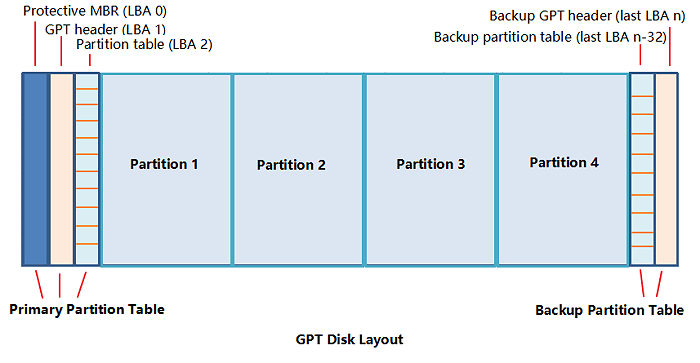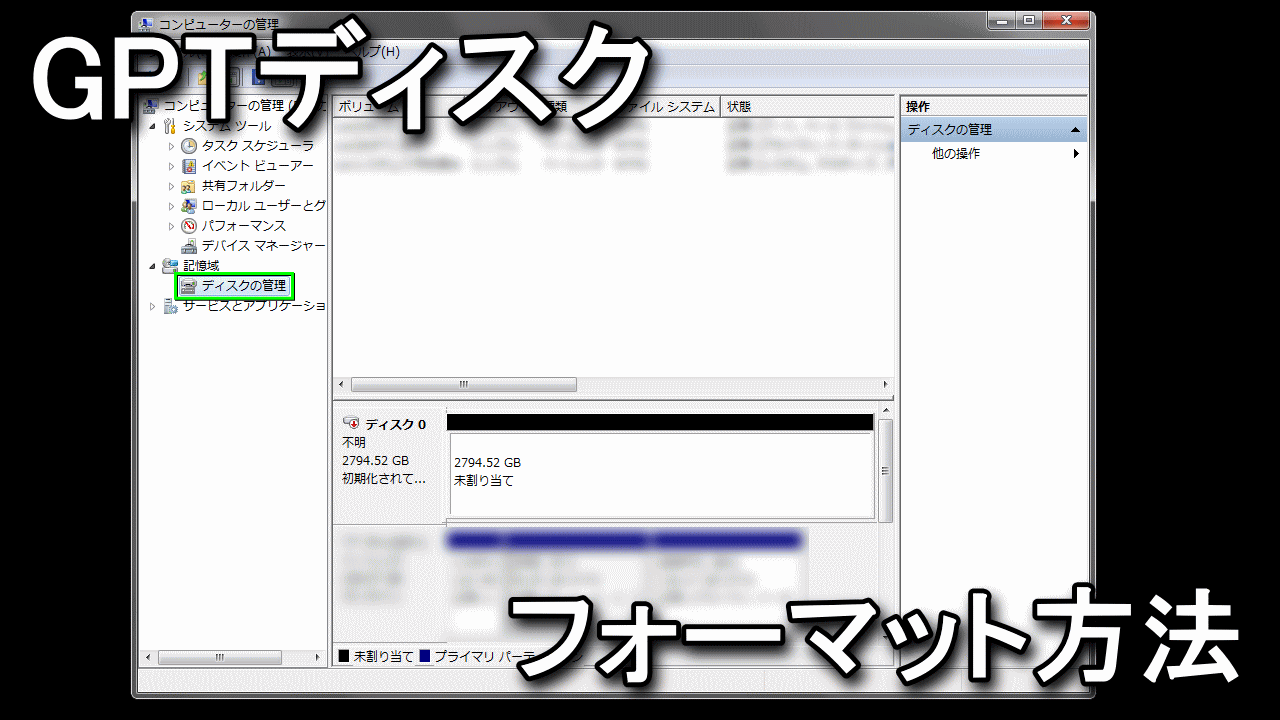
Windows Gpt Format How To Resolve An
Or csm support in an uefi bios to boot anything other than fat32 gpt disks.Converting to GPT format using Command Prompt in Windows Setup. Unable to boot gigabyte brix from Windows 10 installed on SSD - Super User. When the process completes, click on “Finish” button. It includes instructions for various Windows Operating Systems.Add boot option dell usb First, create a bootable USB flash drive. How to repair the EFI bootloader on a GPT Hard Drive for Windows 7, 8, 8.1 and 10 on your Dell personal computer This article provides information about how to resolve an issue with the EFI Bootloader not booting correctly on a GPT Hard Disk Drive.
From the Windows Setup screen, press Shift + F10 key to open a Command Prompt window. Select the Windows installation DVD or USB in the menu and press Enter key. Power on the PC and tap F12 key until One-Time Boot Menu appears.
The drive must be at least 5GB in size, and any data currently on the. 10 Streamlined OS deployment using bootable USB devices and Lifecycle Controller 10. Method 1: Hot Boot Method.

If the selected OS does not support UEFI mode, the UEFI option for Boot Mode is grayed-out. The steps to be followed are: First and foremost, turn off your laptop. Use rufus to create your Windows 10 media using the settings on the rufus home page. After I selected the "Add Boot Option" -> "PCIRoot (. On some laptops, hitting the F12 or F8 key repeatedly during power on self test (POST, what happens when you power on) will get you into a boot options menu. Step 1: Insert the prepared USB to computer and restart the Dell computer.
Be sure to check the quick format box too. Select your USB DISK from the Boot Menu and resume startup. Theres no way to access it from windows.
How to Enable USB Boot Option on Dell Inspiron N50101. This boot menu, like many created before USB drives became cheap and commonplace, does not include an option to boot from a USB drive. As soon as you see the logo, you will need to hit either F1, F2, F6, F10, or Del to enter the BIOS menu—the key you need to press should appear quickly on the screen
If fail to enter Boot Menu, you can reboot and try again. While using Rufus, click the Down arrow key next to Format Options and then make sure that the option Use Rufus MBR with BIOS ID: Default is checked. Efi Restart the system and enter the UEFI menu. Note: In general, the BIOS on most computers will list the USB boot option as Removable Devices or USB. Disable Intel Smart Connect in the BIOS 3.
Insert the USB flash drive that you want to use a boot device. Some commonly used BIOS Boot Menu keys are F2, F10, F11, and ESC. Click the button in the window. Format a USB device in FAT32. As soon as you see the logo, you will need to hit either F1, F2, F6, F10, or Del to enter the BIOS menu—the key you need to press should appear quickly on the screen On such desktop’s you can always find an.
The process will automatically start and you will receive a ready bootable USB Flash Drive. If the option isn’t there, it doesn’t this boot type. Once the Startup Manager screen appears, release the Option key. The Step 3 of 5: Select installation mode page is displayed (Figure 4). It then was recognized (after I formatted it) as a SATA\ide.
Select your USB DISK from the Boot Menu and resume startup. Rufs menu with no flash drive detected. This almost annoys people because they can’t access Windows data. Here are the detailed steps.
Click on the “Next” button. This will list you the available boot. When it boots it says to hit F12 for boot options. A piece of freeware called PLoP Boot Manager solves this problem, offering an image that can burned to a CD or put on a floppy disk, and enables you to boot to a variety of devices, including USB drives. I decided to remove Windows 10 completely and install Ubuntu 18.
One of the most common errors is that the USB drive is not an option when you go to the BIOS Setup Utility. It is also possible sometimes you need to try a different USB port for the bootable media. Select the option to Boot from USB.
The Boot Menu screen will display options such as SD Card and USB drive. This will enable you to troubleshoot the settings of your operating system, along with performing repair operations such as reinstalls of the operating system that would not be possible from within the operating system itself. The number one reason a bootable flash drive or other USB device will not boot is because the BIOS is not configured to check the USB port first. SOLVED: USB boot drive must be in FAT32 for UEFI Bios to be detected.
In this case, you have to create an EFI boot option for the ESP partition. Some computers are too old to support boot from a USB drive, you can enter BIOS to check if your computer has the option of boot from USB. Step 2: When screen lights, press F12 to enter Boot Option Menu. In the pop-up window, click the second option Create installation media USB flash drive, DVD, or ISO file) for another PC and click on the Next button.
The computer should restart and boot from the selected USB drive automatically. If you do understand what Secure Boot is about, and what it is meant to do, then, if you validated the SHA-1 of the ISO you downloaded to ensure that it is the official one from Microsoft, and used a (hopefully trustworthy) digitally signed application to create your USB flash drive, then you have pretty much carried the same steps as Secure. We have the fix for anyone having trouble installing a Windows Server OS on a Dell PowerEdge T430 because Dell's Server BIOS won't support UEFI over USB Select the "Create installation media (USB flash drive, DVD, or ISO file) for another PC option", and click on "Next".
So if wanting to install Win 7, disable secure boot, leave in UEFI mode so the system can see the internal drive, make a bootable DVD/USB using GPT, image. Windows boot problems are always common for Windows users. Sources: Comment by dprice7 in Dell Venue 8 Pro: How to boot to USB? thread Hard drive (frugal) installation of Fatdog64 on a computer with UEFI and secure boot When you hear the startup chime, press and hold the Option key. Boot the Windows 10 USB by tapping the F12 key at the Acer post logo.
Add boot options for a Windows operating system. I tried to move this option up the menu to the primary boot device and it. Enter BIOS, go to Boot Options, check Boot Priority. The above action will add the file path to the tool. For dell-plug win10 usb (uefi and secureboot ready)-f2 setup-enable uefi boot, disable legacy option rom boot, enable secureboot, enable ahci-go and add boot option-give it a fancy name-choose usb under FILE SYSTEM LIST (look carefully to see USB written in one of several entries and choose it)-click … dots Go to the Boot Tab of BIOS setup utility and use the keys to make your computer boot from the USB drive first in the boot sequence.
Then choose the Radio button, "Create A Bootable USB" (In case of using DVD/CD media, pick the Create A Bootable DVD/CD option). Type “clean”, this command clears all data from the drive. I need to install Windows 10 Enterprise in UEFI mode on a Dell OptiPlex 7020 desktop (BIOS version A08).

In this window, select "USB flash drive" and click on "Next". Plug in your NinjaStik USB drive. Note You can only add one custom tool to the WinRE boot options menus.
Note: The key used to access your Boot Menu may vary.


 0 kommentar(er)
0 kommentar(er)
